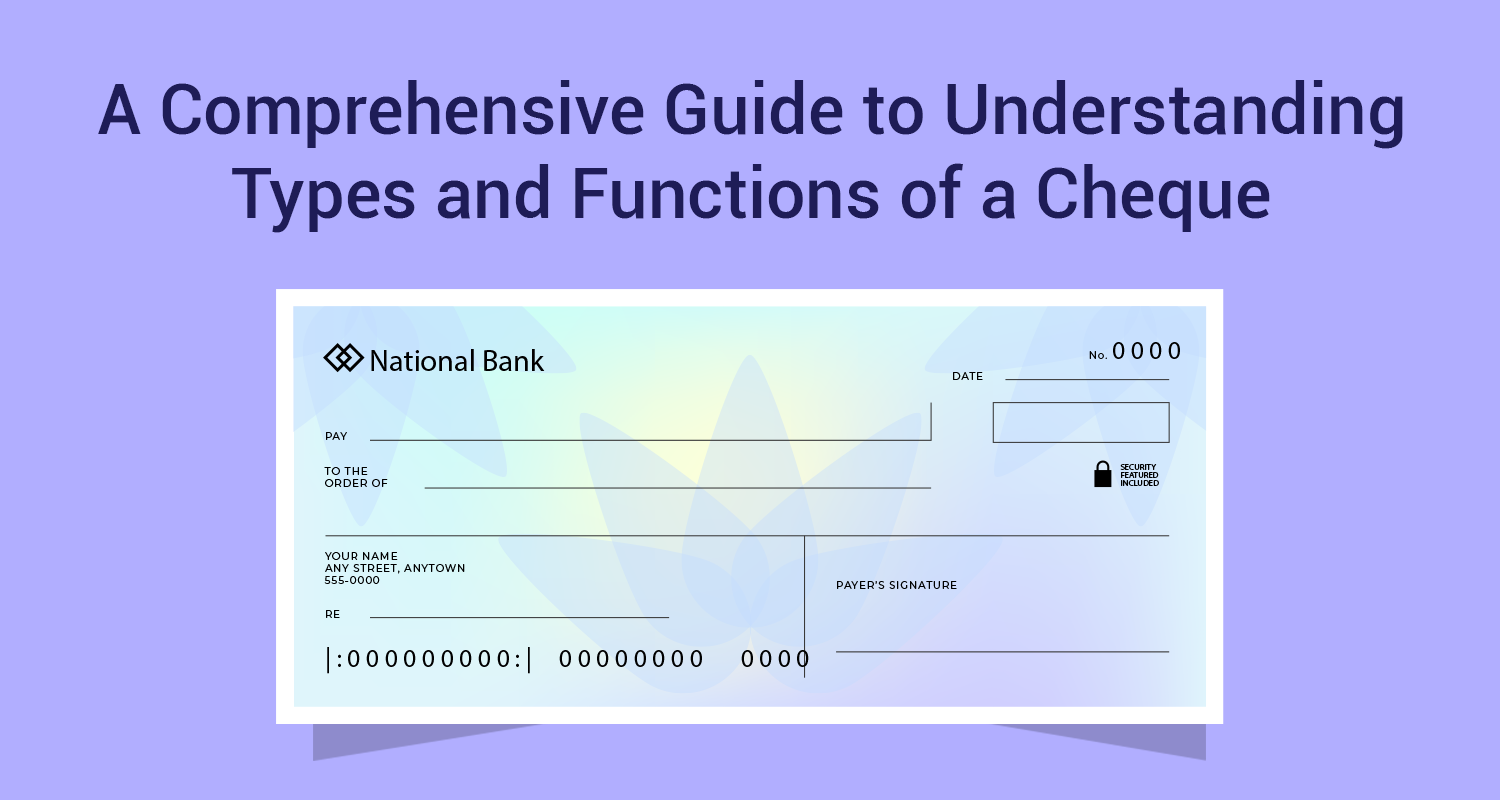How Does A Mutual Fund SIP Work In Practice?

We often get to see that a systematic investment plan (SIP) tends to outperform lump-sum investments over longer periods of time. It is essential to understand that when we do SIP in an asset class like equity mutual funds, we are basically doing regular investing in an asset class that is essentially volatile. You must have seen equity prices fluctuating wildly. It is therefore to understand what is the scientific reason why SIP work so effectively in practice.

SIP Is All About Over Timing
Have you ever tried to time the market? It happens so often that you buy a stock thinking the correction is over and then you find the stock going down by another 15%. Similarly, you sell a stock thinking that the stock is grossly overvalued and see the stock going up another 10% from that level. In both cases you are disappointed at the missed opportunity. The bad news is that it is practically very difficult to time the lows and the highs of the market. However, the good news is that you do not need to worry about timing the market. Even if you time the market to perfection on 70% of the occasions, you are likely to be only marginally better than a SIP. Then why waste energy in timing the market at all. SIP(Systematic Investment Plan) is perfectly aligned with the utility of time over timing. That is why it works.
SIP Best Leverages The Power Of Compounding
Let us start with an elementary example. Let us assume that you invest Rs.1000 in a bond that pays 10% interest and will be redeemed after 5 years. The annual interest will not be paid but will be added to the value of the bond. Here is how it will work.
|
Particulars |
Year 1 |
Year 2 |
Year 3 |
Year 4 |
Year 5 |
|
Value at end |
Rs.1100 |
Rs.1210 |
Rs.1331 |
Rs.1464 |
Rs.1611 |
|
Annual Return |
Rs.100 |
Rs.110 |
Rs.121 |
Rs.133 |
Rs.147 |
If you see the above table, in each of the years your earnings are higher. That is because you are earning returns on an enlarged principal. That is why each year your return is going up steadily by 10%. When you are invested in an asset class like equities, this power of compounding really becomes very potent over longer time periods.
Steady Reinvestment Of Returns
This, in a way, is an extension of the previous argument but since the SIP is all about reinvestment of returns is advisable to dwell separately on that point. Begin with which plan to choose when you do a mutual fund SIP. Never choose a dividend plan because the dividends will be paid out regularly out of the NAV and the reinvestment does not happen. A better choice for you is the growth plan where there is automatic reinvestment because there are no payouts in between. It is this reinvestment that makes the difference between big wealth and substantial wealth over the longer time frame.
Rupee Cost Averaging Is At The Core Of SIP
This is most applicable to equity funds. Equities as an asset class are volatile and when you spread your investment over time in the form of SIP, you are able to capture market volatility best. Look at the table below.
|
Month |
Lump Sum Invested |
Nifty Level |
NAV of Index Fund |
Monthly units allocated |
|
Jan-18 |
Rs.60,000 invested at NAV of Rs.100 in index fund |
11,000 |
Rs.100 |
100.00 units |
|
Feb-18 |
10.900 |
Rs.98 |
102.04 units |
|
|
Mar-18 |
11,050 |
Rs.101 |
99.01 units |
|
|
Apr-18 |
|
10,700 |
Rs.95 |
105.26 units |
|
May-18 |
|
10,600 |
Rs.92 |
108.70 units |
|
Jun-18 |
|
10,900 |
Rs.97 |
103.09 units |
|
Total units |
600.00 units |
|
Total Units |
618.10 units |
Had you invested Rs.60,000 as lump-sum you would have got 600 units. At the end of 6 months, that would have been worth Rs.58,200/- (600 x 97). That means you are sitting on a small loss. What about the SIP. At the end of 6 months, your investment value is Rs.59,956/- (618.10 x 97). You are still at a loss but the SIP has reduced your loss because it has made the best of rupee cost averaging over the last 6 months.
Bottom-line; SIP Accumulates A Larger Corpus Of Funds
This is actually the sum total of all the other factors. When you start early, focus less on timing, focus more on reinvestment then the RCA will ensure that you generate substantial wealth over time. That is the essence of a SIP and that is why over longer periods of time, the SIP always works in your favour.
Disclaimer : The information in this blog is for general purposes only and may change without notice. It does not constitute legal, tax, or financial advice. Readers should seek professional guidance and make decisions at their own discretion. IIFL Finance is not liable for any reliance on this content. Read more



